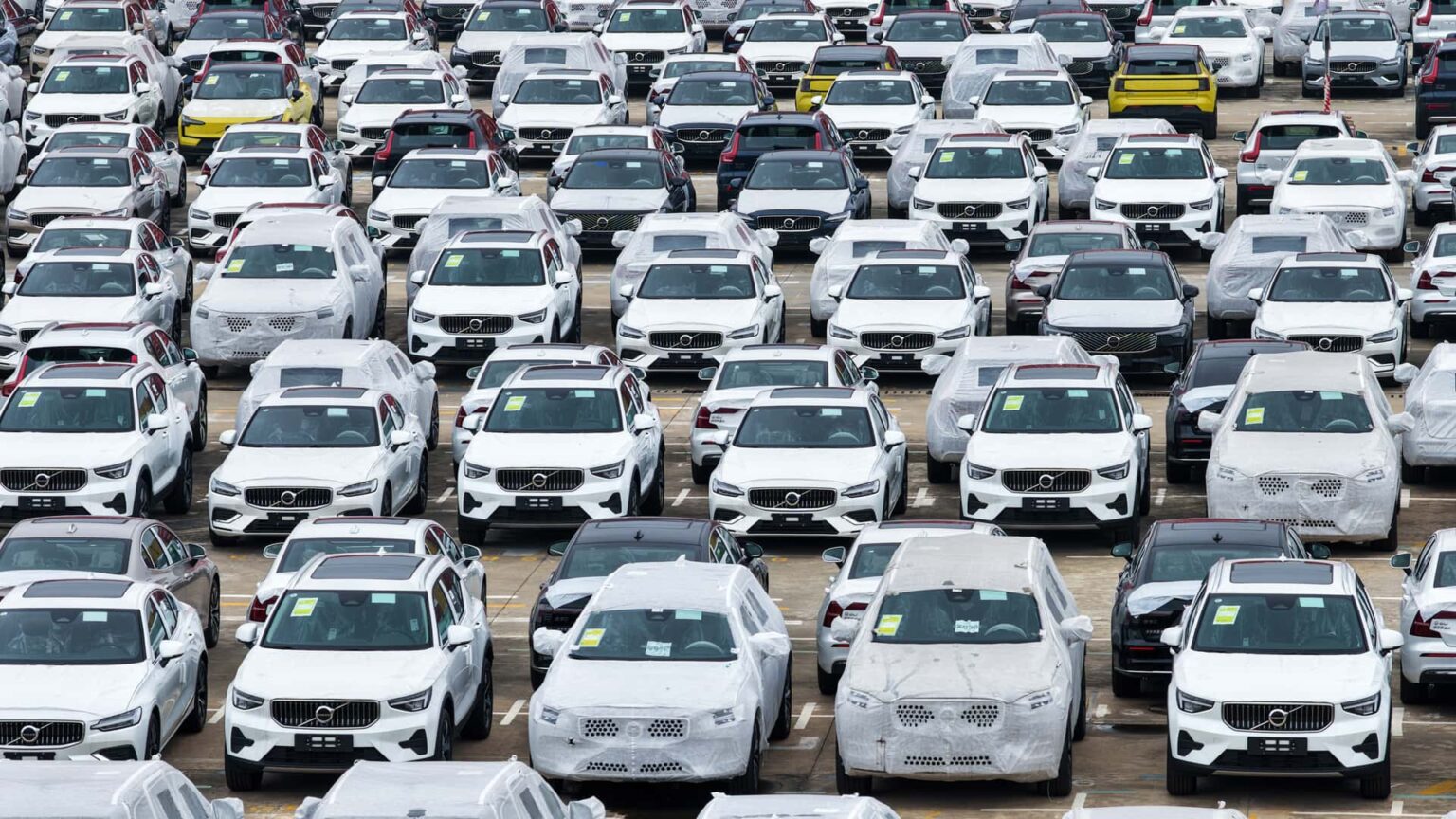Sea-based car shipments to the United States fell off a cliff in May, down over 70 percent versus the same time last year, according to Automotive News. Citing trade database Descartes Datamyne, the report claims there were nearly 10,000 fewer vehicles imported via ocean ports.
The report shows a 72.3 percent drop in imports throughout the month of May compared to the same period last year. Descartes Datamyne says importers shipped roughly 9,380 fewer “20-foot equivalent units” to the US. One 20-foot equivalent unit is equal to about one vehicle, depending on size.
The data also recorded a 14.8 percent drop in imports for auto parts and accessories.
“It’s almost impossible to reach any other conclusion than this is the impact of vehicle tariffs manifesting itself in import volumes,” Jackson Wood, director of industry strategy for global trade intelligence at Descartes Systems Group, told Autonews. “My read on this is that importers are pausing, hoping that more favorable tariff conditions will emerge in the medium term.”
The data above doesn’t take land-based shipments from Canada or Mexico into account—only sea-based imports from places like Asia and Europe. Still, it paints a worrisome picture for inventory levels in the US. Before tariffs went into effect in April, automakers loaded up on dealership inventory, hoping to avoid raising prices for buyers. Now, predictably, companies are waiting to see if anything changes before they start shipping cars again.
But they can only wait so long. According to Kelly Blue Book, automakers nationwide had an average of 66 days worth of inventory—that is, the number of days before they sell every car sitting on the lot—before running out. It won’t be long before automakers will have to start shipping cars en masse again to keep up with demand. And if tariff policies don’t change, that’ll mean big price hikes.
Read the full article here


